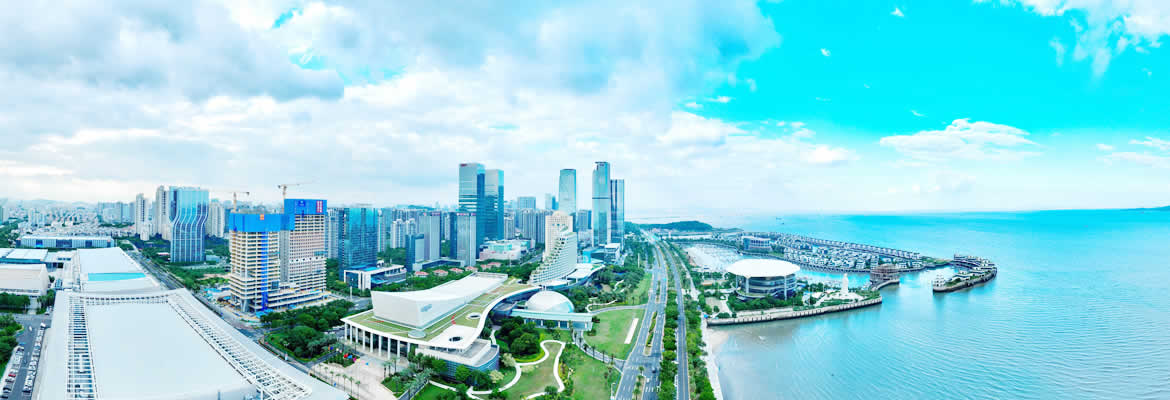1. Characteristics of Grey Granite Cladding
- Color & Texture: Grey granite comes in various shades (light grey, dark grey, silver grey) with speckled or uniform textures, depending on mineral composition.
- Durability: Resistant to weathering, UV rays, and temperature fluctuations, making it ideal for outdoor use.
- Strength: High compressive strength, suitable for high-traffic areas.
- Low Porosity: When properly sealed, it resists water absorption and stains.
- Natural Aesthetic: Provides a sleek, modern, or timeless look depending on finish.
2. Common Finishes for Grey Granite Cladding
- Polished: Glossy, reflective surface (common for interiors or feature walls).
- Honed: Smooth, matte finish (subtle elegance, less slippery).
- Flamed/Bush-Hammered: Rough texture for anti-slip outdoor use.
- Sandblasted: Slightly textured, weathered appearance.
- Split-Faced: Natural, rugged look with cleft surfaces.
3. Applications
- Exterior: Facades, retaining walls, boundary walls, columns.
- Interior: Feature walls, fireplace surrounds, kitchen backsplashes, flooring.
- Commercial: Office buildings, hotels, shopping centers.
4. Advantages
- Weather Resistance: Withstands rain, frost, and heat.
- Longevity: Can last decades with minimal upkeep.
- Fire Resistance: Non-combustible, enhancing safety.
- Eco-Friendly: Natural material with low VOC emissions.
5. Installation Tips
- Substrate Preparation: Ensure a solid, level base (concrete, brick, or steel framework).
-
Fixing Methods:
- Mechanical Fixing: Stainless steel anchors or brackets for heavy panels.
- Adhesive Fixing: High-strength mortars or epoxy for lighter cladding.
- Jointing: Use flexible sealants to accommodate thermal expansion.
- Sealing: Apply a penetrating sealer to enhance stain resistance (especially for polished finishes).
6. Maintenance
- Cleaning: Mild soap and water; avoid acidic cleaners.
- Re-Sealing: Every 2–5 years (depends on exposure and finish).
- Repairs: Chips/cracks can be filled with epoxy-matched resin.
7. Cost Considerations
- Material Cost: $50–$150/sq. m (varies by quality, finish, and origin).
- Installation Cost: $30–$80/sq. m (labor + adhesives/fixings).
- Cheaper Alternatives: Porcelain tiles mimicking granite or grey sandstone.
8. Popular Grey Granite Varieties for Cladding
- Absolute Grey (India) – Uniform light grey, polished/honed.
- Silver Grey (China) – Medium grey with fine grains.
- Baltic Grey (Scandinavia) – Dark grey with subtle patterns.
- Steel Grey (Brazil) – Metallic undertones, high-end look.
Conclusion
Grey granite cladding offers a perfect blend of functionality and elegance. Whether for a contemporary facade or a rustic interior accent, its versatility makes it a top choice for architects and homeowners. Proper installation and sealing are key to maximizing its lifespan.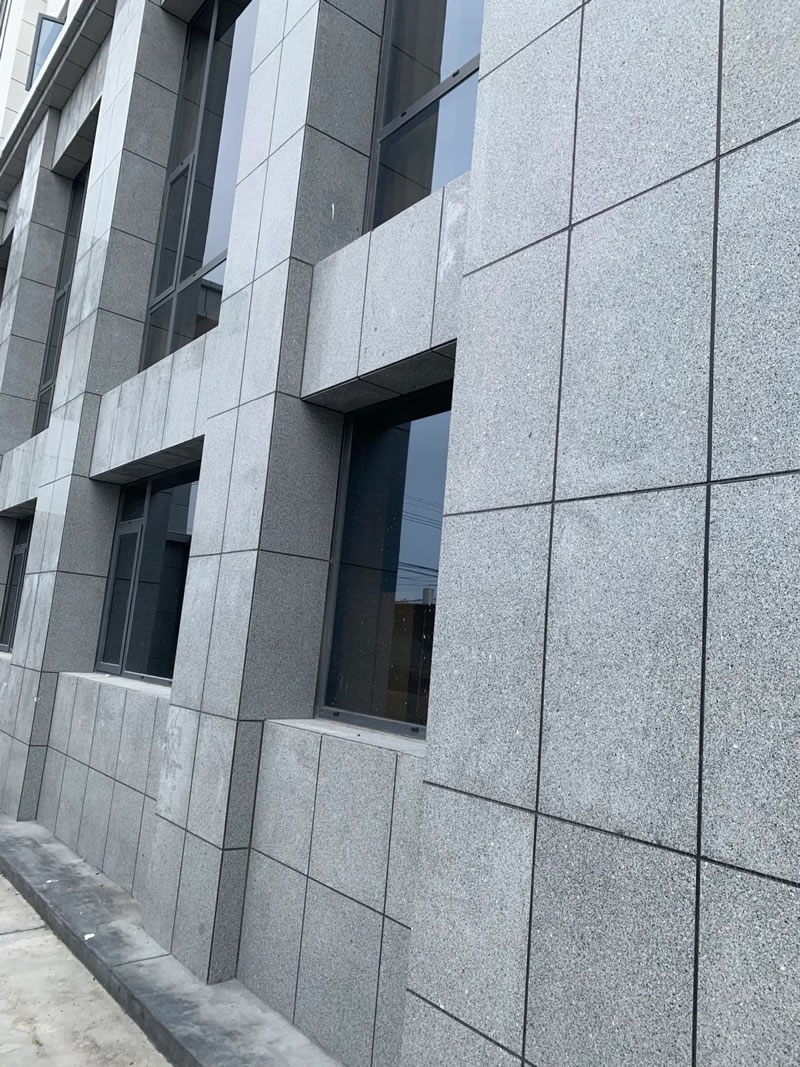
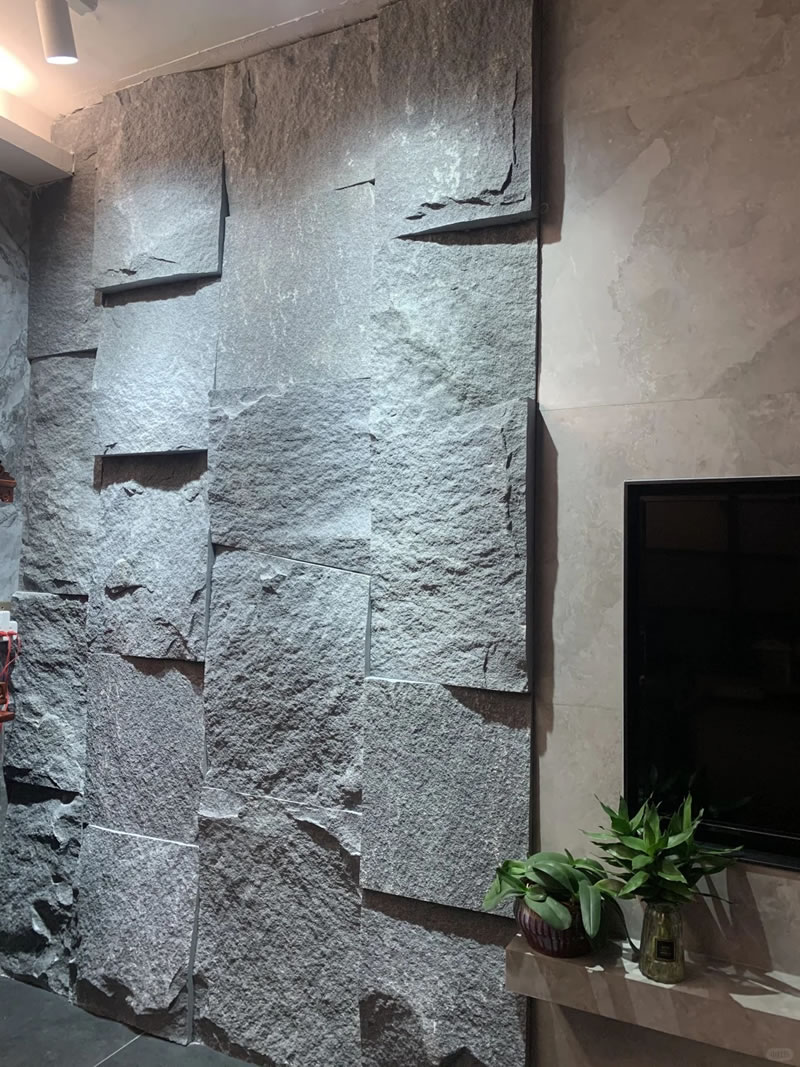
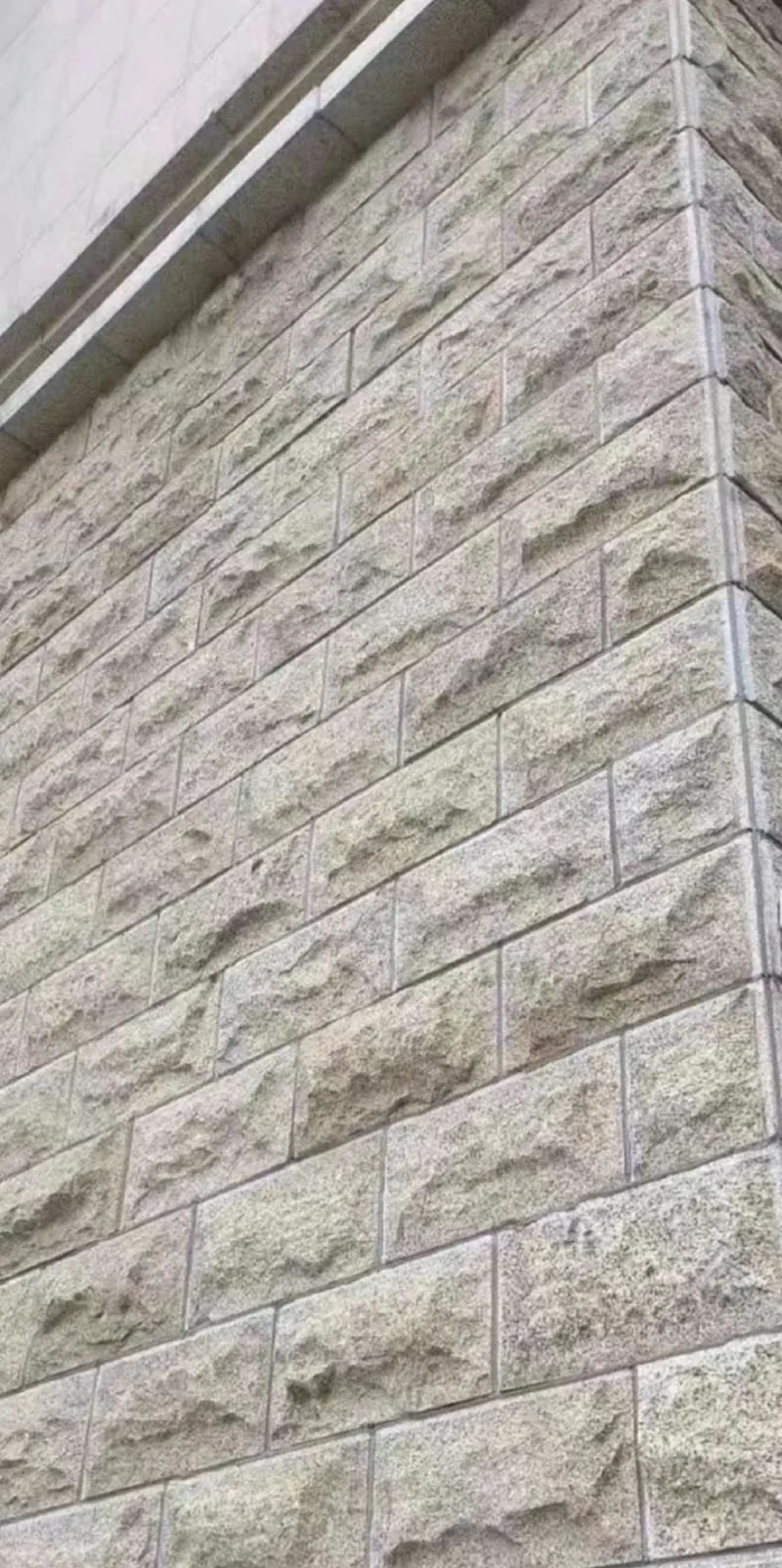
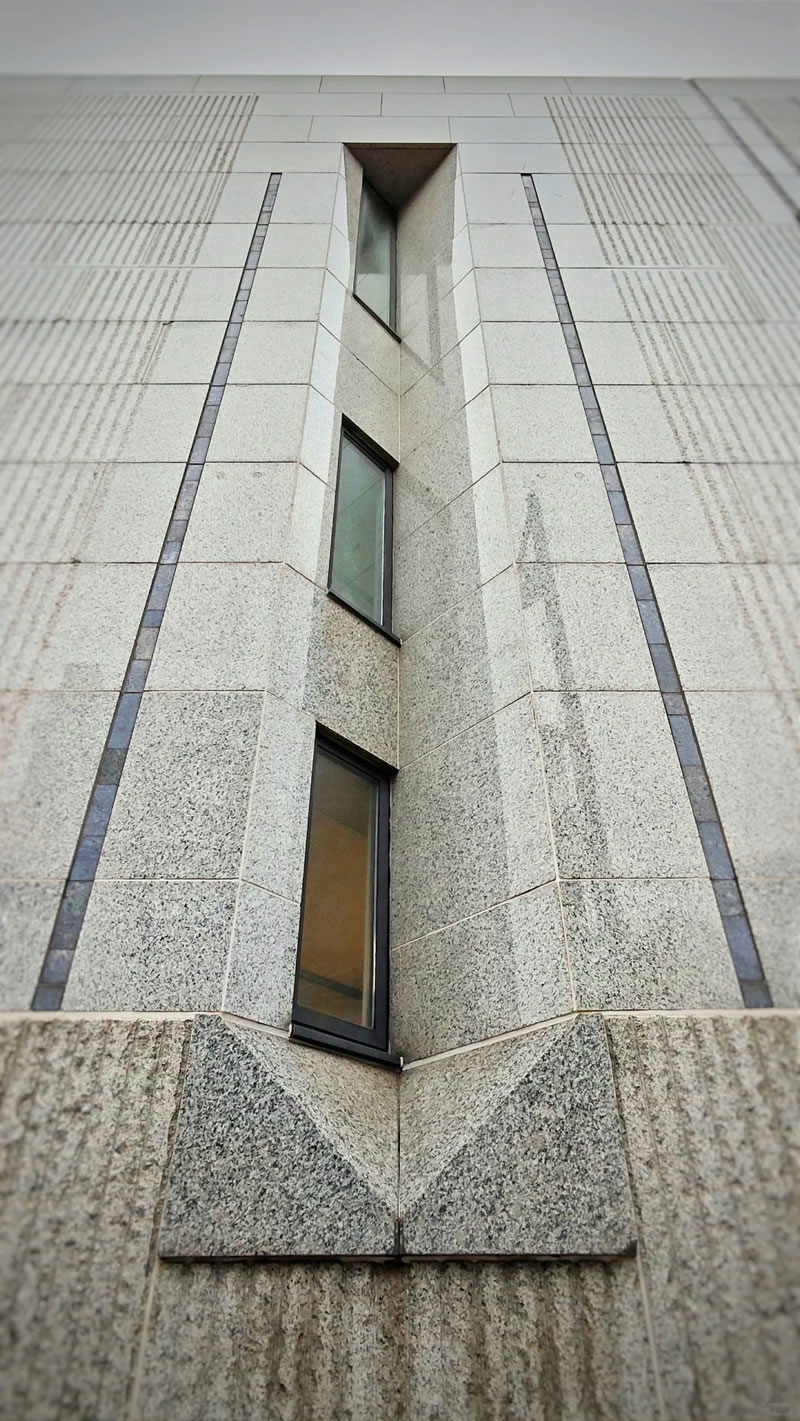
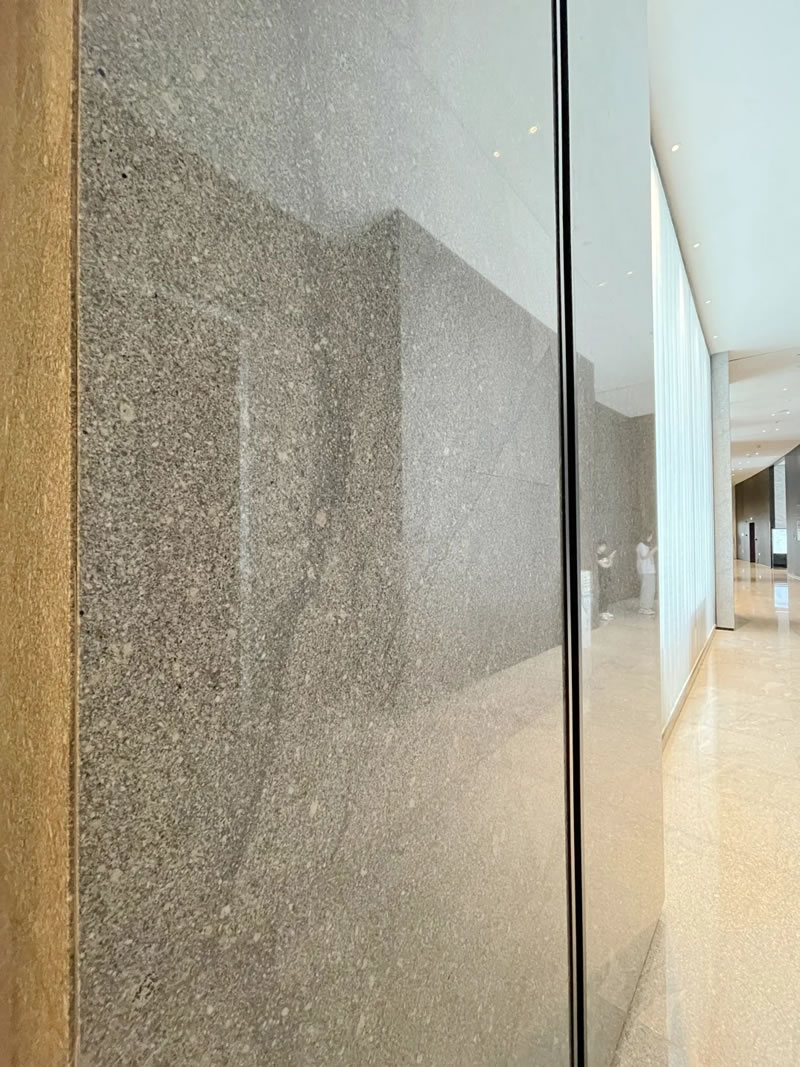
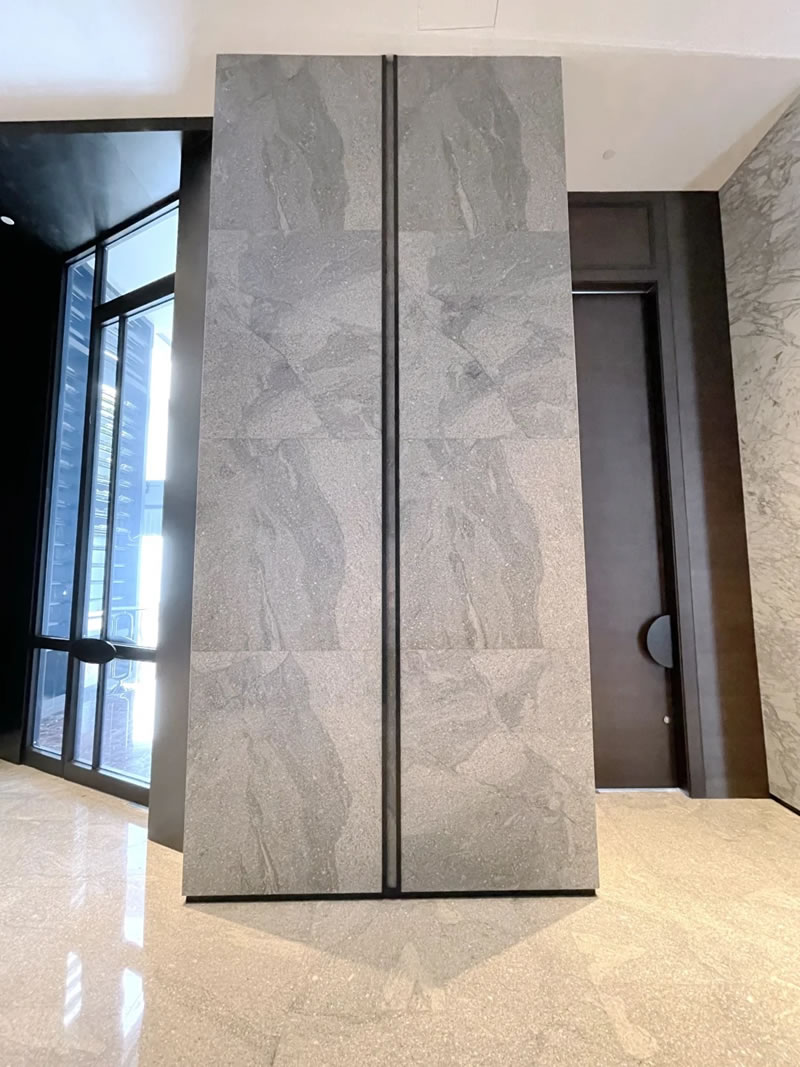
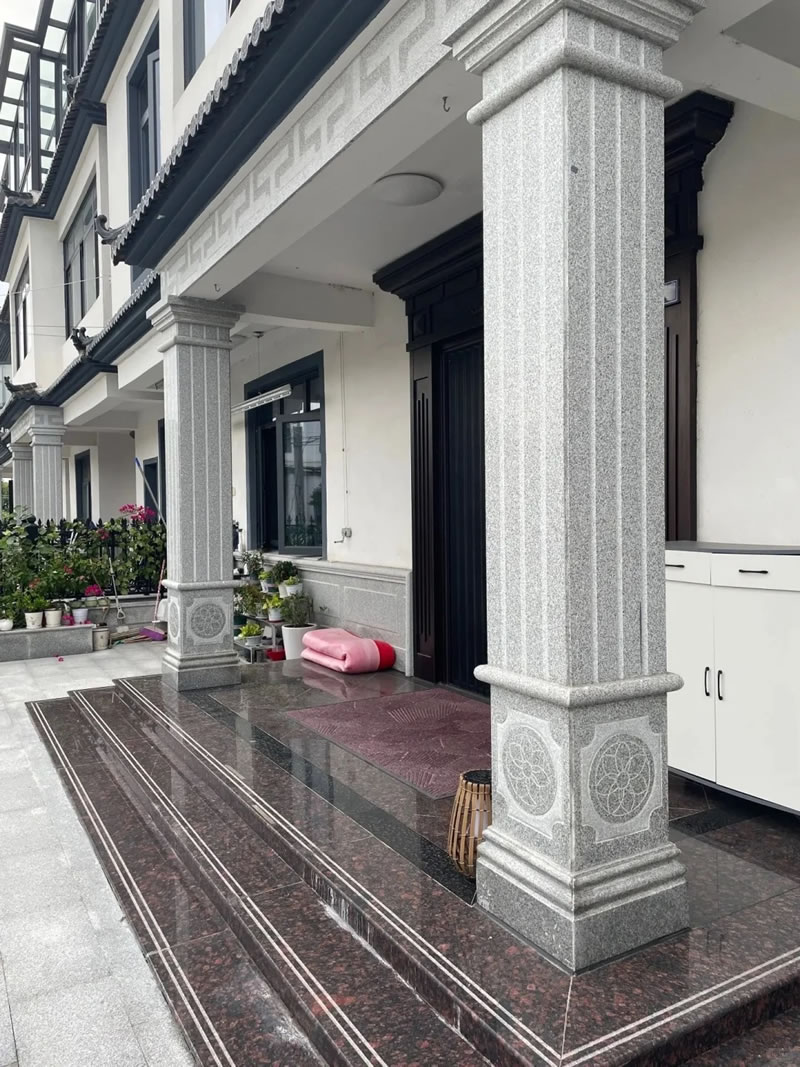
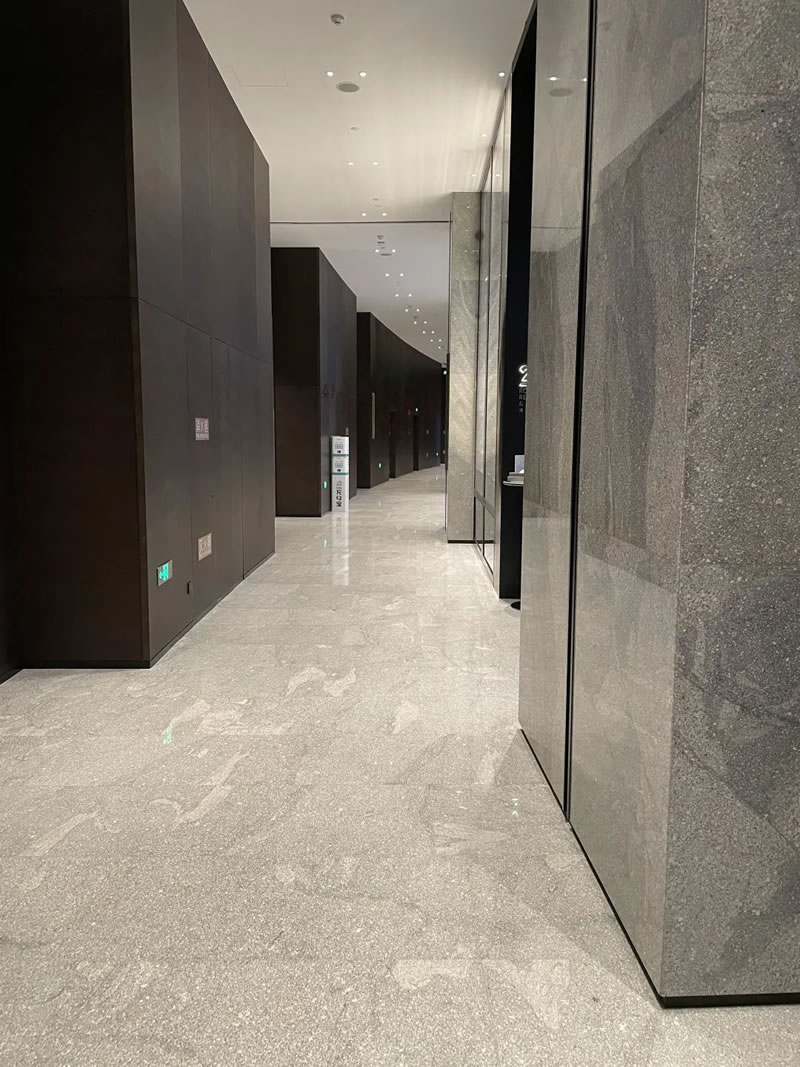
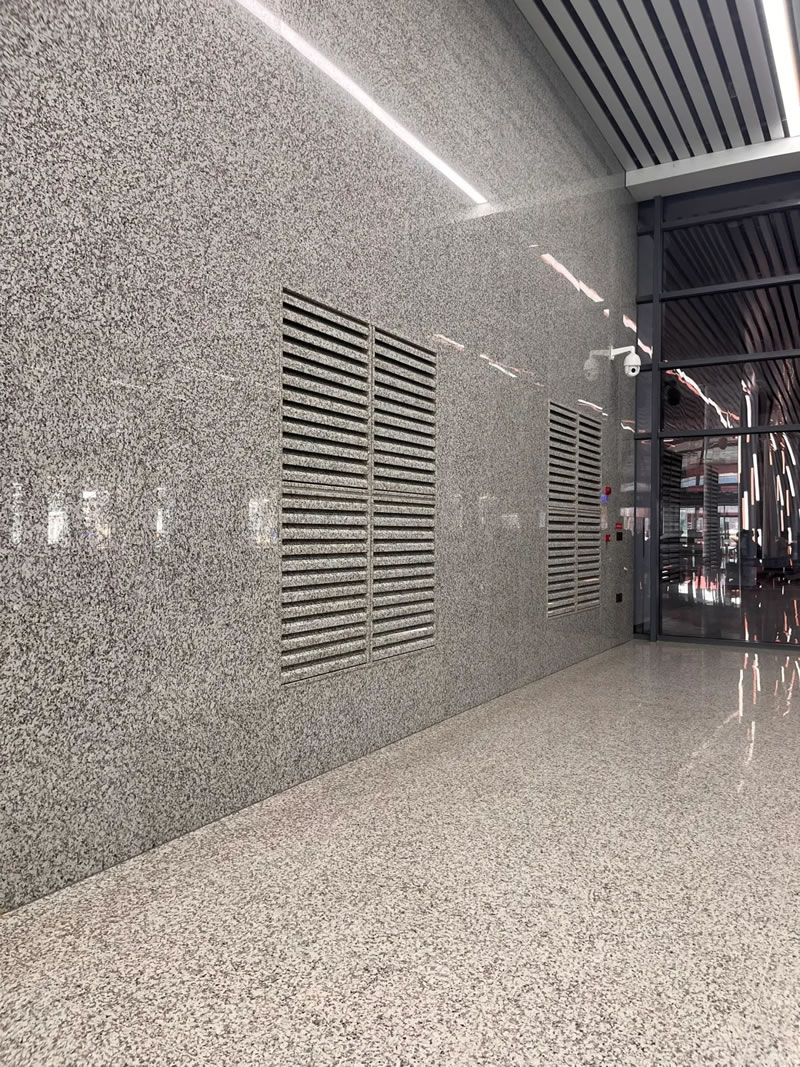
Grey Granite Cladding: A Premier Choice for Architectural Elegance and Durability
Grey granite cladding has emerged as a favoured option in the construction and design industries, celebrated for its unique blend of aesthetic charm and robust functionality. This natural stone, with its diverse shades of grey ranging from light, silvery tones to deep, charcoal hues, offers a versatility that few other materials can match.
I. Aesthetic Appeal
-
Subtle yet Distinctive Colour Palette
- The various shades of grey in granite cladding can create different moods. Light grey granite, for example, imparts a sense of calm and spaciousness, making it an excellent choice for smaller rooms or areas where a bright, airy feel is desired. It can reflect light, enhancing the illumination within a space. Dark grey granite, on the other hand, exudes a sense of sophistication and luxury. It serves as a bold statement, often used in high - end commercial projects or modern - style residences to add a touch of opulence.
- The natural veining and speckles within grey granite are like nature's own artwork. These patterns, formed over millions of years during the stone's geological formation, are unique to each slab. The veining can range from fine, delicate lines to more prominent, irregular streaks, adding depth and visual interest to the cladding.
- Timeless Design Compatibility
- Grey is a neutral colour, which means it can effortlessly complement a wide range of design styles. In traditional architecture, grey granite cladding can be used to create a classic, elegant look. It pairs well with warm - toned woods, such as mahogany or oak, and traditional decorative elements like wrought - iron accents. For modern and contemporary designs, the sleek, smooth finish of grey granite can enhance the clean lines and minimalist aesthetic. It can be combined with glass, stainless steel, and concrete to create a cutting - edge, industrial - chic appearance.
II. Durability and Performance
-
Exceptional Hardness and Wear Resistance
- Granite is one of the hardest natural stones, and grey granite is no exception. Its composition, mainly consisting of quartz, feldspar, and mica, gives it a high level of hardness. This hardness makes grey granite cladding highly resistant to scratches, dents, and abrasion. In high - traffic areas, such as commercial building entrances, hotel lobbies, or busy corridors, grey granite cladding can maintain its pristine appearance over time. It can withstand the constant foot traffic, furniture movement, and other forms of daily wear and tear without showing signs of damage easily.
- Weather Resistance for Outdoor Applications
- For outdoor projects, grey granite cladding is an ideal choice due to its remarkable weather resistance. It can endure extreme temperatures, from the sweltering heat of summer to the freezing cold of winter, without cracking or warping. Rain, snow, and UV rays have minimal impact on its integrity. The stone's natural density and low porosity prevent water penetration, reducing the risk of water - related damage such as freeze - thaw cycles that can cause other materials to deteriorate. This makes it suitable for applications like exterior wall cladding of buildings, outdoor kitchen countertops, and garden feature walls.
- Granite is a non - combustible material, and grey granite cladding provides an added layer of fire protection. In the event of a fire, it does not contribute to the spread of flames or release toxic fumes. This fire - resistant property is crucial in both residential and commercial buildings, where safety is of utmost importance. It can be used in areas near fireplaces, in industrial facilities, or in buildings with strict fire - safety regulations.
- Fire Resistance
III. Applications in Architecture
-
Interior Wall Cladding
- In living rooms, grey granite cladding can be used to create a focal wall. Whether it's a smooth - polished finish for a more refined look or a textured, rough - cut surface for a rustic charm, it can transform the space. In bathrooms, grey granite cladding not only adds a touch of luxury but also resists moisture, making it a practical choice. It can be used around showers, on vanity backsplashes, or as an accent wall. In offices, grey granite cladding in reception areas or conference rooms can convey a sense of professionalism and stability.
- Exterior Wall Cladding
- For commercial buildings, grey granite cladding can enhance the building's curb appeal and make a strong architectural statement. It is often used in the construction of office towers, hotels, and shopping malls. The durability of the cladding ensures that the building maintains its attractive appearance for decades, with minimal maintenance requirements. In residential architecture, grey granite cladding can be used to add value and uniqueness to homes. It can be combined with other materials like wood or brick to create a harmonious and visually appealing facade.
- Grey granite can also be used as flooring, especially in areas where durability and style are required. In entryways, its hard - wearing surface can withstand the constant coming and going of people and is easy to clean. It can also be used for stair treads, providing a safe and elegant solution. Additionally, grey granite cladding can be used for fireplace surrounds, creating a warm and inviting focal point in any room.
- Flooring and Other Applications
IV. Maintenance and Care
-
Simple Cleaning Routine
- Maintaining grey granite cladding is relatively straightforward. Regular cleaning with a mild detergent and warm water is usually sufficient to keep it looking clean and fresh. A soft cloth or sponge can be used to gently wipe the surface. Avoid using abrasive cleaners, as they can scratch the stone and dull its finish.
- Sealing for Long - Term Protection
- To enhance its resistance to stains and moisture, grey granite cladding should be sealed periodically. A high - quality stone sealer can penetrate the pores of the granite, creating a protective barrier. The frequency of sealing depends on the location and usage of the cladding. For indoor applications, sealing every 1 - 3 years may be sufficient, while outdoor cladding may require more frequent sealing, perhaps every 6 months to 1 year, to account for exposure to the elements.
In conclusion, grey granite cladding offers a winning combination of beauty, durability, and versatility. Whether for a large - scale commercial project or a small - scale home renovation, it has the potential to elevate the design and performance of any space.


